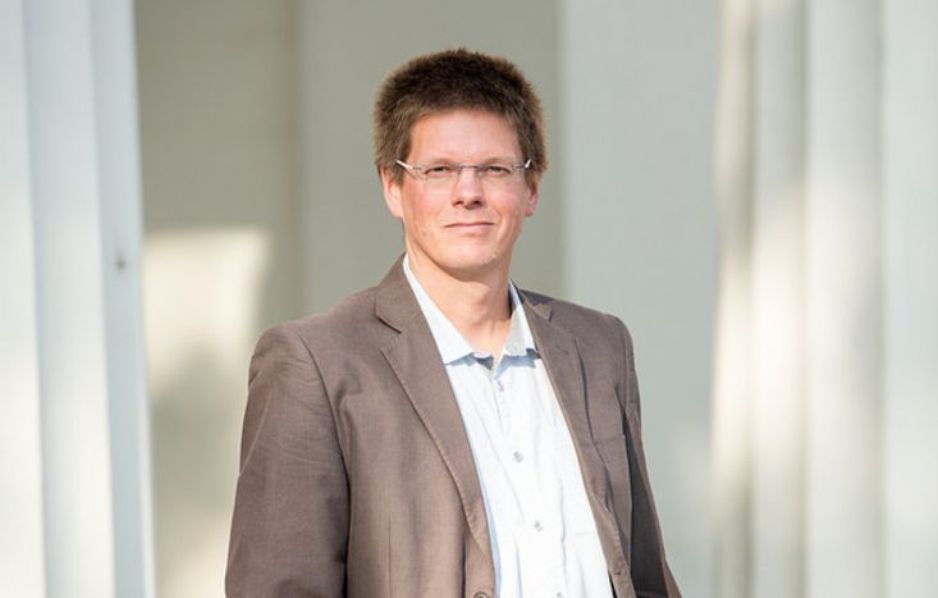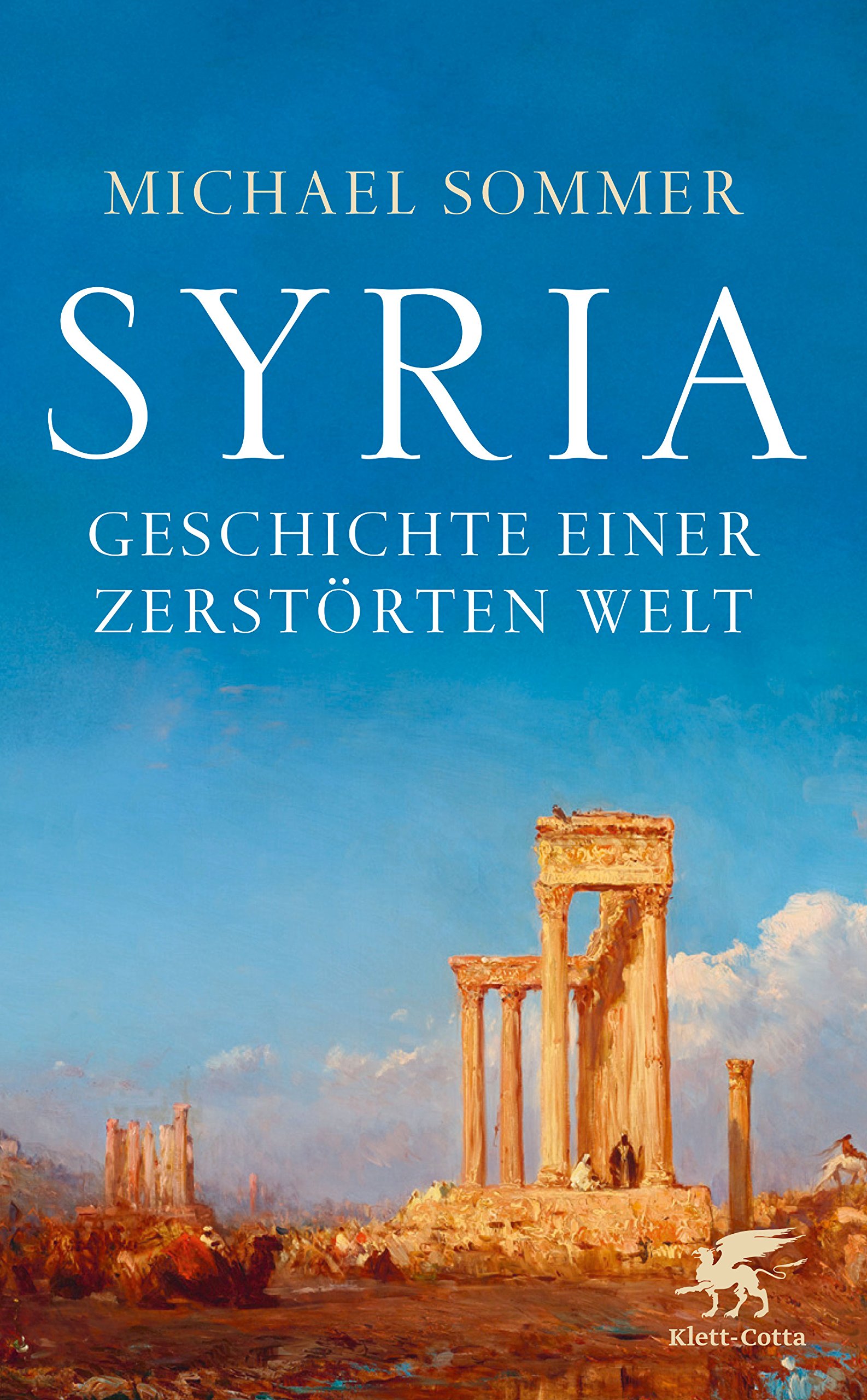Before the truth wars: The history of a destroyed world

Memories do not just materialise – rather, they are made. For "the past is never remembered for its own sake" (Jan Assmann, Cultural Memory). Many disciplines in the humanities have productively embraced this cultural-scientific theory of memory, according to which memory is always arranged or mediated with definable intent, collectively and culturally – and within lived experience.
This theory shifted perspectives away from a boundary concept of "historical truth", which is merely regulative (and has yet to be abandoned entirely), in the direction of a respectful, or even ideological-critical analysis of the plurality of collective memories situated in time and space.
In his short monograph, ″Syria. Geschichte einer zerstörten Welt″, historian of antiquity Michael Sommer presents a model study that fruitfully takes up Assmann′s considerations, in this case focusing on the history of the cultural space between the Mediterranean and the Tigris in early and late antiquity. Sommer′s book is particularly controversial in two respects.
Provocative analysis
Firstly, it examines the historical roots of the cultural space which the Romans called Syria, which today is brutally enmeshed in proxy and guerrilla wars – described by many observers as a kind of "World War III".

Secondly, it offers a provocative analysis of social paradigms and religious systems in early and late antiquity, inasmuch as it maps out a highly lucid, virtually neo-humanistic image of the different imperial cultures and their mentalities.
After all, religious systems and mythologies in both ancient and Hellenistic pantheons were subject to the principle of "translatability". The myths of antiquity (including the Jewish ones) were a collective "writing project" (Sommer), being worked on from the Indus to Britain to the benefit of all imperial societies.
In this newly integrated region of the globe, structural membership usually arose from Roman citizenship. Religious conflicts, for instance, were not excluded. But they were quite different in nature to those conflicts that would arise from the "absolute" claim to truth of fundamentalist monotheism (a relatively late development in the history of faith in an all-encompassing non-dualistic God) – conflicts indeed which continue to this day.
Pantheon and paideia
The central concepts governing cultural harmony in these empires were pantheon and paideia. At concrete and symbolic places of memory in the region of Syria – such as Issos, Palmyra, Jerusalem or Hatra – Sommer demonstrates succinctly and imaginatively how such vastly expanded cultural spaces could be shaped in relative peace (and in conscious accordance with political theology and culture).
These were spaces produced by people who saw themselves, at one and the same time, as both culturally-Greek Roman citizens and as Jews or "pagan" Syrians. In this sense, the Issos chapter on Alexander′s empire serves as a model, within what is already a model work of history.
In it, Sommer provides a fresh, fascinating and revealing perspective on the "war-horse" of history (Franz Kafka), without which the phenomenon of Hellenism could scarcely have existed.
Memory and history in a multicultural context
By way of example: education (paideia) in Greek mythology, literature, philosophy and the art of living had become matter of course for most Jews in the Jerusalem of Jesus’ time. Paideia was the classical programme of education which encompassed all spheres of life, whether religious, spiritual, or philosophical. An intensification of political theology was, however, gradually emerging among the multiple and splintered Jewish groups, such as the Zealots, Pharisees, or Sadducees. It would take Rabbinic Judaism, following the Romans′ destruction of the (Second) Temple, to "pacify" it successfully.[embed:render:embedded:node:20062]In a manner both sober and highly stimulating, Michael Sommer masterfully succeeds in highlighting the past so that every distinct detail illuminates a complex context. In the process, he opens up a number of vistas for questioning stereotypes: among them, the alleged separation of the Orient and Occident, the notion of Hellenistic decadence, as well as claims that "pagans" were typically primitive and violent.
By contrast, the "horizontal" and "vertical" anchoring of a member of Hellenistic culture (identity is the wrong term for characterising such plurality) is presented in a multicultural space of memory and history – one in which history and myth are barely separable – in confirmation of Assmann′s theory of cultural memory.
Marius Meller
© Litrix.de 2017
Translated by David A. Brenner
Marius Meller has worked as a literary editor at the Frankfurter Rundschau and Berliner Tagesspiegel newspapers. He lives in Berlin as a writer and works as a freelance literature critic for Deutschlandradio and Deutschlandfunk.
